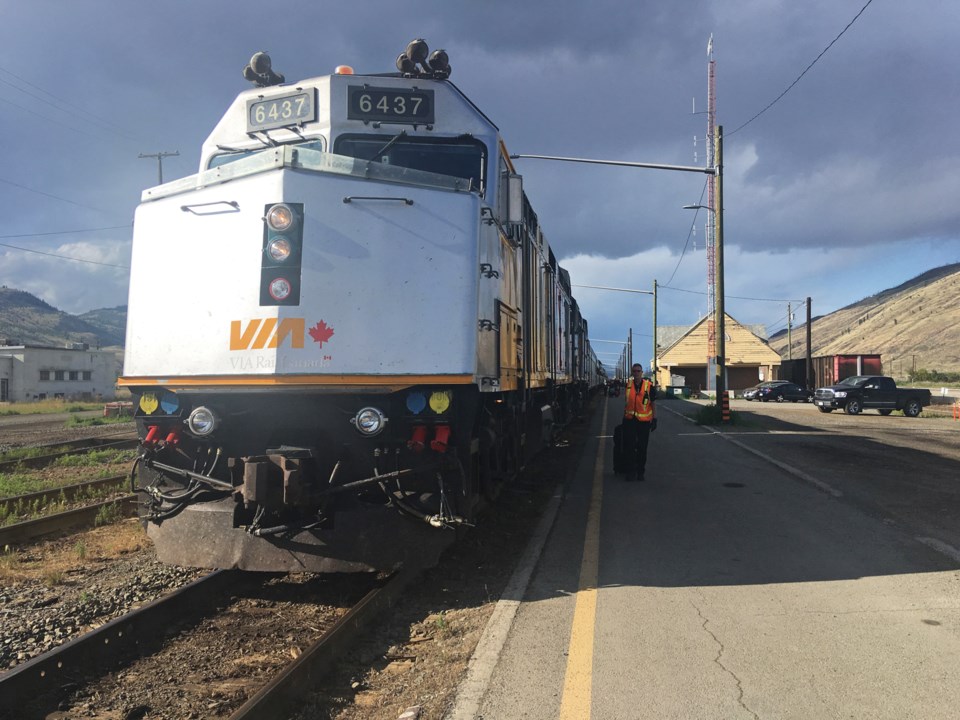I wrote in late June about the almost non-existent “low-carbon” transportation system in Western Canada, with one slow, zigzagging train scheduled twice a week and virtually no buses serving our half of the country.
Since then I’ve taken the train to Manitoba and back and can report that in some ways it was even worse than I expected, though in other ways it was a real pleasure.
The trip out was a nightmare of delays after we left Jasper. Because Canadian National owns the tracks, it gives priority to its own business and Via Rail takes a back seat. As a result, we were parked for hours waiting for freight trains to go barrelling past. It had rained a lot in Alberta, we were told, and the soft rail beds had created a huge backlog of cars and caused a general slowdown.
The delay sparked panic among passengers who had airline tickets to fly out of Edmonton that night. The hard-pressed crew got on the phone and arranged for a taxi to pick some of them up at a rail crossing west of the city. Whether they made their flights, we never found out. By the time we left Saskatoon, we were about 12 hours late. I was told that such delays happen “often.”
The trip back was better. We made good time, pulling into Vancouver three hours ahead of schedule. The faster pace meant longer stopovers at the stations. Unfortunately, most of these were situated in the industrial outskirts, with nothing to see, buy or do except walk back and forth on the platform. The Kamloops station in particular was like an abandoned set from a western movie, with every ounce of charm removed. The decrepitude and neglect seemed like a way of telling the 250-plus passengers that maybe they should consider another mode of travel.
Yet the train has its appeal. Monotony can be a virtue. It forces you to slow down and study the passing scene, as the prairie sky opens up like wings under your feet. You have time to talk to the other passengers. And you have time to read a book.
Going out I read Pierre Berton’s The Last Spike, on the building of the Canadian Pacific Railway. More than ever, I felt it was a national scandal that we no longer have the southern line as a travelling option. It’s not just the lack of convenience and respect – it’s because our history is so bound up with that railway. By arbitrarily deciding their locations, the CPR created the modern cities of Brandon, Regina, Moose Jaw, Medicine Hat, Calgary, Revelstoke and Vancouver. The engineering feats of the 1880s, so costly in human lives, opened up monumental vistas that are one of our great shared inheritances. And not incidentally, without multiple taxpayer bailouts the CPR would have gone bankrupt and the government would have taken over the line before it was even completed.
Some of the older passengers I spoke with remarked wistfully that the Rocky Mountaineer continues to operate on the CPR tracks from Vancouver to Banff as a pricey sightseeing train for tourists. Younger passengers, and there were quite a few of them, couldn’t comprehend why the through service had been cut in 1990.
If more Canadians were as serious as these young people are about low-carbon travel, restoring the southern route would be a no-brainer, along with investing in dedicated tracks, faster trains and better stations on both routes.
If rail is the future, Canada is truly stuck in the past.


